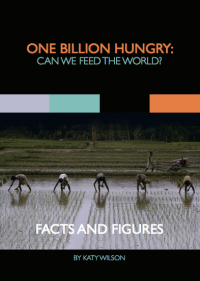This week’s summary on the news stories, reports and blogs that have grabbed our attention. We welcome your thoughts and comments on these articles.
Africa Needs Science, Not Aid, The New York Times
Biotechnology in Africa, Springer
AfDB’s NERICA dissemination project receives US Treasury Award, PAEPARD
Can we change the goals of development without changing the implementers?, IIED
Fishy business, Nature
Climate change research goes to the extremes, Northeastern
Harvest of controversy, The Hindu
UPDATE 1-Brazil farmers say GMO corn no longer resistant to pests, Reuters
Geneticists offer clues to better rice, tomato crops, Phys.org
Climate change wins precarious slot in proposed development goals, Thomson Reuters Foundation
Milking it in Malawi, Global Food Security [Read more…]









